The Chan Chan Museum
Is a Peruvian museum, which is located in the department of La Libertad.
The museum has permanent and temporary exhibition halls. It also recreates the building of Chan Chan through models. The archaeological zone Chan Chan was declared a World Heritage Site by UNESCO in 1986 and included in the List of World Heritage in danger in the same year.
It houses around 15 thousand archaeological pieces of ceramics, lithic and metal pieces, textiles and bone remains.
Chan Chan Ruins
Chan Chan (in quingnam: Chan-Chan, ‘Glowing Sun’) is a pre-Columbian adobe city, built on the northern coast of Peru by chimúes. It is the largest adobe city built in America and the second in the world. It is located northwest of the Trujillo metropolitan area between the districts of Trujillo and Huanchaco. It was declared a World Heritage Site by UNESCO in 1986 and included in the List of World Heritage in danger in the same year.
Chan Chan is made up of nine citadel cities or small walled cities. The whole group was the capital of the Chimor kingdom, a state organization of the Chimú culture.
Huanchaco Beach
Is a historic watering place and a Peruvian city located on the shores of the Pacific Ocean in the District of Huanchaco that integrates the Trujillo Metropolitan Area in the La Libertad Region, currently part of the “Moche Route” . It is the most spa visited from the city of Trujillo. During the reign of the Moche and Chimú cultures, Huanchaco was an important port in the region.
It was recognized as a World Surf Reserve, on October 26, 2013, becoming the first beach in Latin America and the fifth in the world, to obtain this recognition; is also the scene of international surfing competitions, being known the World Longboard that takes place during the summer season of each year.
Huanchaco is famous worldwide for the totora horses used for navigation and fishing since the time of the mochicas and also of the chimúes. Even today the fishermen of Huanchaco continue with this ancestral tradition.
Campiña Moche
Characterized by its beautiful landscape of fields and its traditional adobe buildings, its excellent restaurants, playgrounds and tours within the archaeological zone Huaca of the Moon and the Museum of Huacas de Moche.
Huacas of the Sun and Moon
Are an archaeological complex located on the north coast of Peru, considered as a Moche sanctuary. It consists of a set of monuments located about five kilometers south of the city of Trujillo, in the Moche district. This archaeological site physically represented the capital of Mochica culture since the first century BC. C. until the ninth century AD. C.





